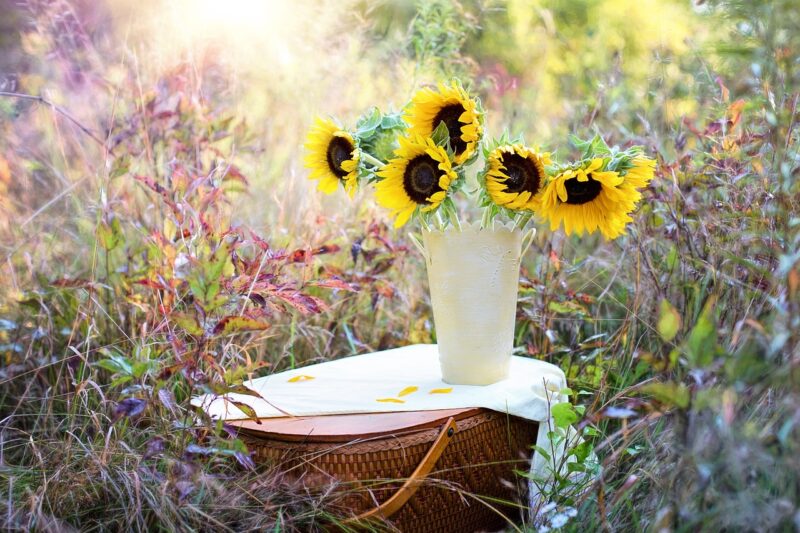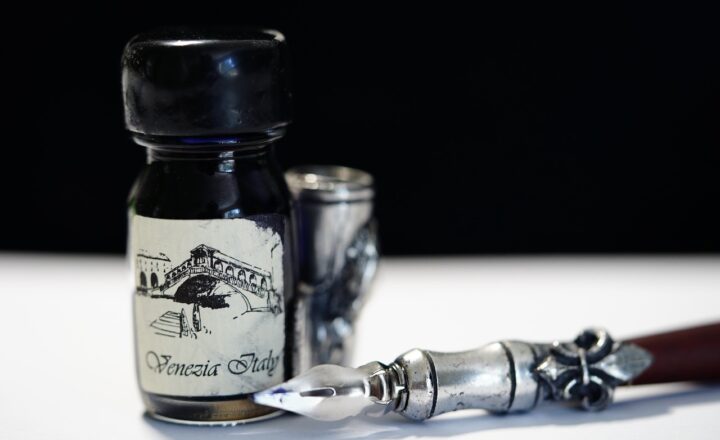How to Get Started with Flower Arranging as a Beautiful and Creative Hobby
November 14, 2024

Flower arranging is an art form that transcends mere decoration; it celebrates beauty, nurtures creativity, and brings joy to both the creator and the observer. Whether you’re looking to enhance your home, gift a friend, or simply indulge in a relaxing hobby, flower arranging is an inviting practice that anyone can embrace. In this guide, we’ll explore the essentials of getting started with flower arranging, from selecting your materials to mastering various techniques.
1. Understanding the Basics of Flower Arranging
Before diving into the techniques and styles, it’s crucial to understand what flower arranging entails. At its core, flower arranging is about combining different blooms, greens, and other natural elements into aesthetically pleasing compositions. However, it also involves an understanding of color theory, balance, and design principles.
Key concepts to consider include:
- Color Harmony: Choose colors that complement each other. You can utilize contrasting colors for a vibrant look or analogous colors for a softer palette.
- Form and Balance: Create a balanced arrangement, ensuring that no side is significantly heavier than the other. Play around with height and structure to achieve the desired look.
- Texture and Shape: Incorporate various textures and shapes by mixing flowers with different petal structures, as well as including foliage and branches.
Understanding these fundamentals helps in creating visually appealing arrangements.
2. Gathering Your Supplies
To start your flower arranging journey, you’ll need a few essential supplies. Investing in quality tools can make the process smoother and more enjoyable. Here’s a list of what you’ll need:
- Floral Foam or Grid: Floral foam helps secure stems in place, while a floral grid created with tape can also aid in stabilizing your arrangement in a vase.
- Shears or Floral Snips: A sharp pair of shears or snips is essential for cutting stems at an angle, which allows for better water absorption.
- Vase or Container: The choice of container dictates the style of your arrangement. Vases can range from glass to ceramic and should match the aesthetic you’re aiming for.
- Water and Flower Food: Always use clean water and consider adding flower food to prolong the life of your blooms.
- Fresh Flowers and Foliage: Choose a variety of fresh flowers and greens that inspire you. Popular choices include roses, lilies, tulips, and seasonal blooms.
Having the right supplies will set the foundation for your floral creations.
3. Choosing Your Flowers
Selecting the right flowers is an important step in arranging. You should consider factors like your color theme, seasonal availability, and the arrangement style you wish to achieve. Here are some tips for choosing flowers:
- Seasonal Flowers: Opt for seasonal blooms as they’re often fresher and more affordable. Additionally, seasonal flowers give your arrangement a natural feel that blends with the time of year.
- Mixing Varieties: Combine different types of flowers, such as focal, filler, and accent blooms, to add depth and interest to your arrangement. Focal flowers catch the eye, while filler flowers support the design.
- Consider Foliage: Greenery plays a vital role in flower arrangements. It adds structure and helps the flowers stand out. Ferns, eucalyptus, and ivy are popular choices for foliage.
Experiment with different flowers to find combinations that resonate with your style!
4. Mastering Techniques for Beautiful Arrangements
Now that you have your supplies and flowers, it’s time to get arranging. Here are some fundamental techniques to create beautiful and balanced arrangements:
- Cutting Stems: Always cut stems at an angle (about 45 degrees). This increases the surface area for water absorption and helps the flowers hydrate longer. Remove any leaves that will be submerged in water to prevent bacteria growth.
- Creating a Base: Start with foliage to create a base. This offers a framework for adding flowers, helping to fill out the arrangement while offering stability.
- Adding Flowers in Layers: Place your focal flowers first, then add filler and accent flowers. Think about the overall shape, whether it’s round, triangular, or asymmetrical, and build layers as you go.
- Adjusting Height and Balance: Pay attention to the height of each flower and maintain a balance in the arrangement. Tall flowers can be placed at the center or back, while shorter blooms work well at the front to create dimension.
These basic techniques will help you create a stunning arrangement that captivates the eye.
5. Experimenting with Styles
As you become more comfortable with flower arranging, don’t hesitate to experiment with different styles. Each style evokes a different mood and can suit various occasions. Here are a few popular arrangement styles:
- Traditional Arrangement: These are typically symmetrical, often centered around a focal flower. They are perfect for formal settings, like weddings and anniversaries.
- Wildflower or Loose Arrangement: These arrangements mimic the style of wildflowers found in nature. They offer a more relaxed and informal aesthetic, suitable for casual gatherings.
- Japanese Ikebana: This minimalist style emphasizes simplicity and the beauty of empty space, often focusing on harmony, balance, and the lines of the arrangement.
- Modern Arrangement: Incorporate unconventional containers, asymmetry, and non-traditional flowers for a contemporary style that reflects your personality and innovation.
As you try out different styles, you’ll discover what resonates with your artistic vision.
6. Caring for Your Arrangements
Maintaining your flower arrangements is crucial to enjoy them for as long as possible. Follow these care tips:
- Change Water Regularly: Ensure that you replace the water in your vase every two to three days to prevent bacteria buildup. Also, re-cut stems slightly to increase water absorption regularly.
- Keep Out of Direct Sunlight: Place your arrangement away from direct sunlight and heat sources, as this can cause flowers to wilt prematurely.
- Remove Wilting Flowers: Regularly check for any wilting flowers and remove them promptly to keep the arrangement looking fresh and vibrant.
By providing proper care, you can enjoy your floral masterpieces for longer.
7. Joining a Community of Flower Enthusiasts
As you delve into flower arranging, consider joining a community of fellow enthusiasts. Local workshops, forums, and social media groups provide platforms to share your work, gain inspiration, and learn from others. Participating in flower competitions or collaborative projects can further enhance your skills while allowing you to connect with other passionate floral artists.
Let your creativity thrive, share your arrangements, and learn new techniques that enhance your artistic journey.
Conclusion
Flower arranging is a delightful and fulfilling hobby that opens the door to creativity, brings nature into your space, and offers a therapeutic outlet. By understanding the basics, gathering the right supplies, and exploring various techniques and styles, you’ll soon find your skills blossoming. Remember to enjoy the process, experiment, and share your creations with others to keep the inspiration flowing. Get started today and experience the joy of transforming flowers into breathtaking works of art!





